Sarajevo: From Ashes to Awesome – A City's Epic Comeback Story
Muhe - Saturday, 26 July 2025 | 11:55 PM (WIB)
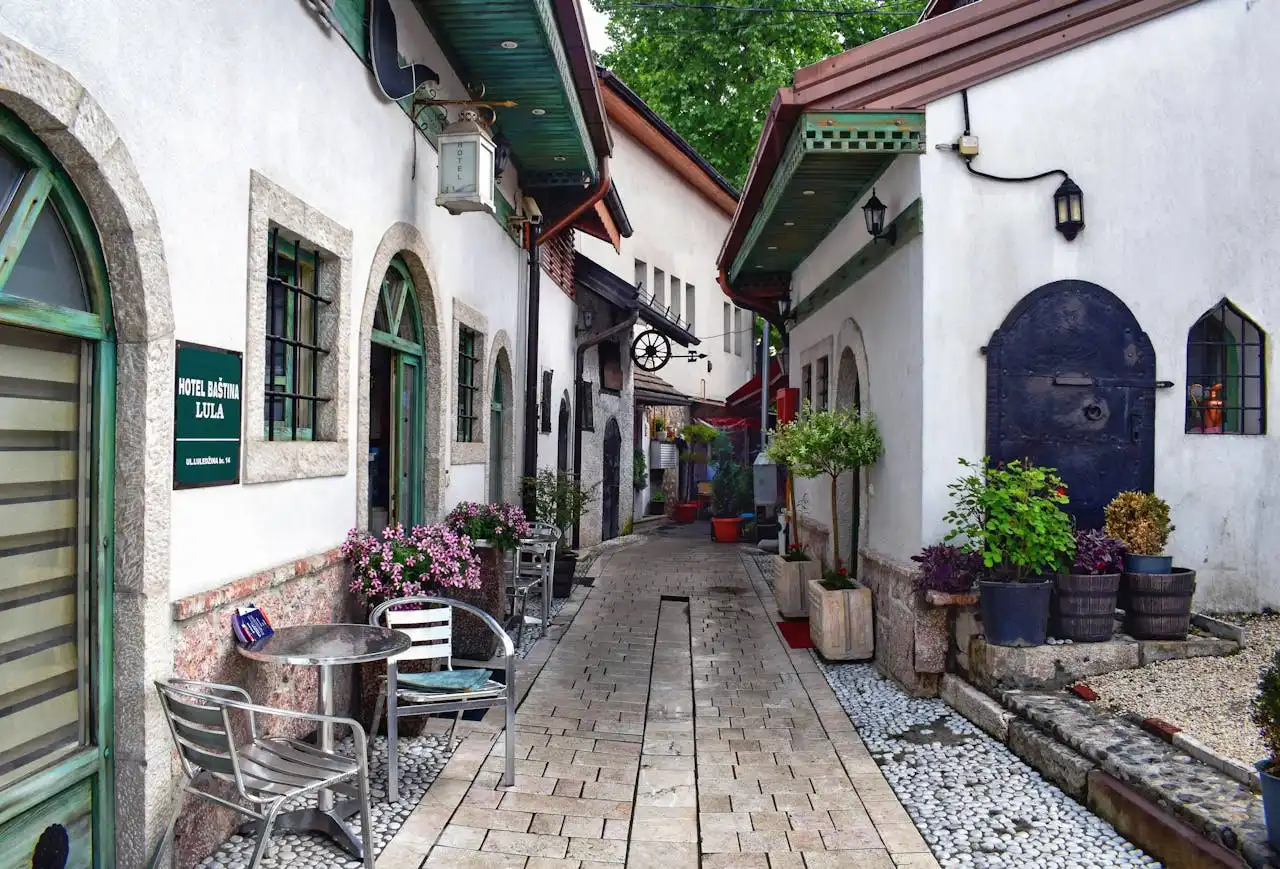

The Calm Before the Storm: A Melting Pot on the Brink
Before the dark days descended, Sarajevo was known as a true melting pot, a place where different religions and cultures coexisted with a harmony that many other cities could only dream of. Catholics, Orthodox Christians, Muslims, and Jews lived side-by-side, sharing lives, traditions, and even jokes. It was often dubbed the "Jerusalem of Europe," a testament to its unique multicultural tapestry. Then, the early 1990s arrived, bringing with them the bitter disintegration of Yugoslavia. As other republics declared independence, tensions escalated. Bosnia and Herzegovina, with Sarajevo as its capital, found itself caught in a brutal crossfire, a pawn in a larger, uglier game. The declaration of independence in 1992 was met not with celebration, but with a terrifying onslaught.The Longest Siege: A City Under Fire
What followed was an unfathomable nightmare. For a staggering 1,425 days – from April 5, 1992, to February 29, 1996 – Sarajevo was under siege by Bosnian Serb forces. Talk about a tough gig. It wasn't just a brief skirmish; this was the longest siege of a capital city in the history of modern warfare. The city was practically encircled, perched precariously in a valley, making it an easy target for artillery, mortar shells, and snipers positioned in the hills above. Daily life became an unthinkable struggle for survival. Imagine trying to fetch water from a public tap, knowing a sniper could be watching. Picture dodging shells just to get groceries or, even worse, to attend a funeral. Power and water were luxuries, food was scarce, and every single day was a roll of the dice.Yet, amidst this unrelenting horror, the spirit of Sarajevo refused to be extinguished. People held underground concerts, staged plays in bombed-out buildings, and kept schools going in basements. They weren't just surviving; they were living, asserting their humanity against an enemy trying to strip it away. The infamous "Sarajevo Roses" – concrete scars left by mortar shells, later filled with red resin – stand as poignant, chilling reminders of where lives were lost. Each one is a silent scream, a testament to the random brutality that became everyday reality.The Scars That Tell a Story
Even decades later, the physical scars of the war are visible if you know where to look. Bullet holes still pepper some facades, and the occasional shell-damaged building remains, often purposefully left as a stark memorial. But the deeper scars are in the memories of its people. Almost everyone you meet over a certain age has a story, a memory of loss, fear, or incredible bravery. Yet, there’s an amazing lack of bitterness that strikes visitors. Instead, there’s a quiet determination, a deep-seated resilience, and a profound appreciation for peace. It’s almost like the city collectively decided, "Okay, that was awful, but we're not letting it define us anymore."Rising From the Rubble: A Phoenix Moment
When the Dayton Agreement finally brought peace in late 1995, Sarajevo was utterly devastated. Buildings were in ruins, infrastructure was shattered, and its people were traumatized. The challenge of rebuilding seemed insurmountable. But here's where the magic, or perhaps the sheer stubbornness, of Sarajevo truly shines. The international community pitched in, sure, but it was the Sarajevans themselves who rolled up their sleeves, cleared the rubble, and started piecing their beloved city back together. They didn't just repair; they innovated. New businesses sprung up, damaged homes were restored, and the city’s heart started beating strong once more.It's fascinating to watch how the city has embraced its history without being trapped by it. They've built incredible museums like the Tunnel of Hope, which was a lifeline for the besieged city, providing a poignant, immersive experience that leaves visitors speechless. But they've also invested heavily in culture, arts, and tourism. The Sarajevo Film Festival, started during the siege as an act of defiance, has grown into one of Europe's premier film events, attracting global stars and cinephiles. It's a powerful symbol of rebirth, proving that creativity can indeed blossom even in the most unlikely of circumstances.Sarajevo Today: A Beacon of Resilience
Fast forward to today, and Sarajevo stands as a powerful testament to human resilience. It’s a city that has not only survived but truly flourished. Its historical depth is captivating, its natural beauty is stunning, and its people are some of the most welcoming you’ll ever meet. Young entrepreneurs are injecting new life into the economy, and the city is increasingly becoming a hub for digital nomads and creative minds. It’s got that cool, edgy vibe that only cities with a deep, complex history can truly emanate. You can grab a coffee at a trendy spot, then walk a few blocks and find yourself in a centuries-old bazaar, all while knowing the city itself holds stories that could fill a thousand books.Sarajevo’s story is a profound reminder that even after unimaginable trauma, hope can not only endure but thrive. It’s a city that invites you to remember its painful past, but also to celebrate its vibrant present and its promising future. It’s not just a tourist destination; it’s a living, breathing lesson in strength, unity, and the indomitable spirit of humanity. And honestly, that's pretty awesome.
Your Ultimate Guide to Nailing That Weekend Getaway Hotel Stay
2 months ago
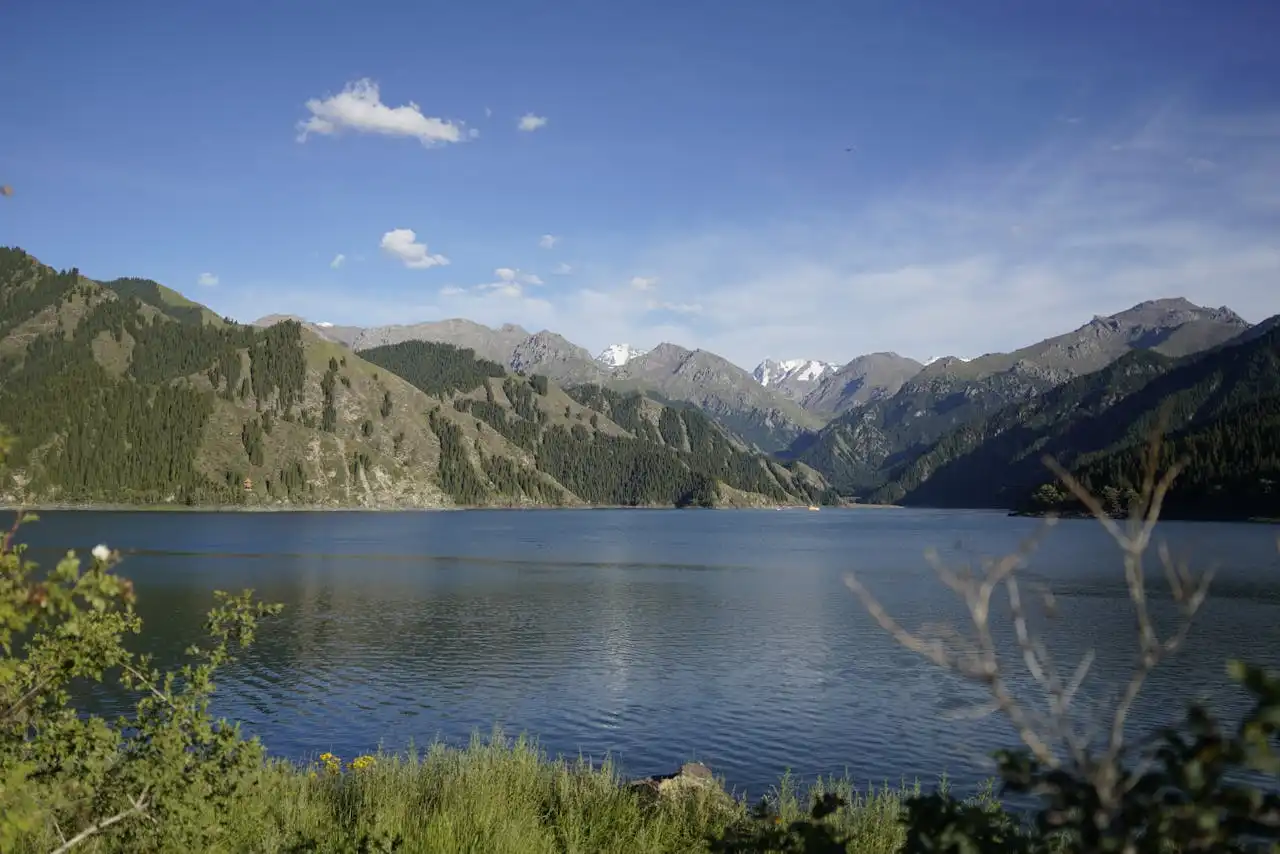
Secret Natural Beauty: What are Kazakhstan's Must-Visit Natural Tourist Attractions?
2 months ago
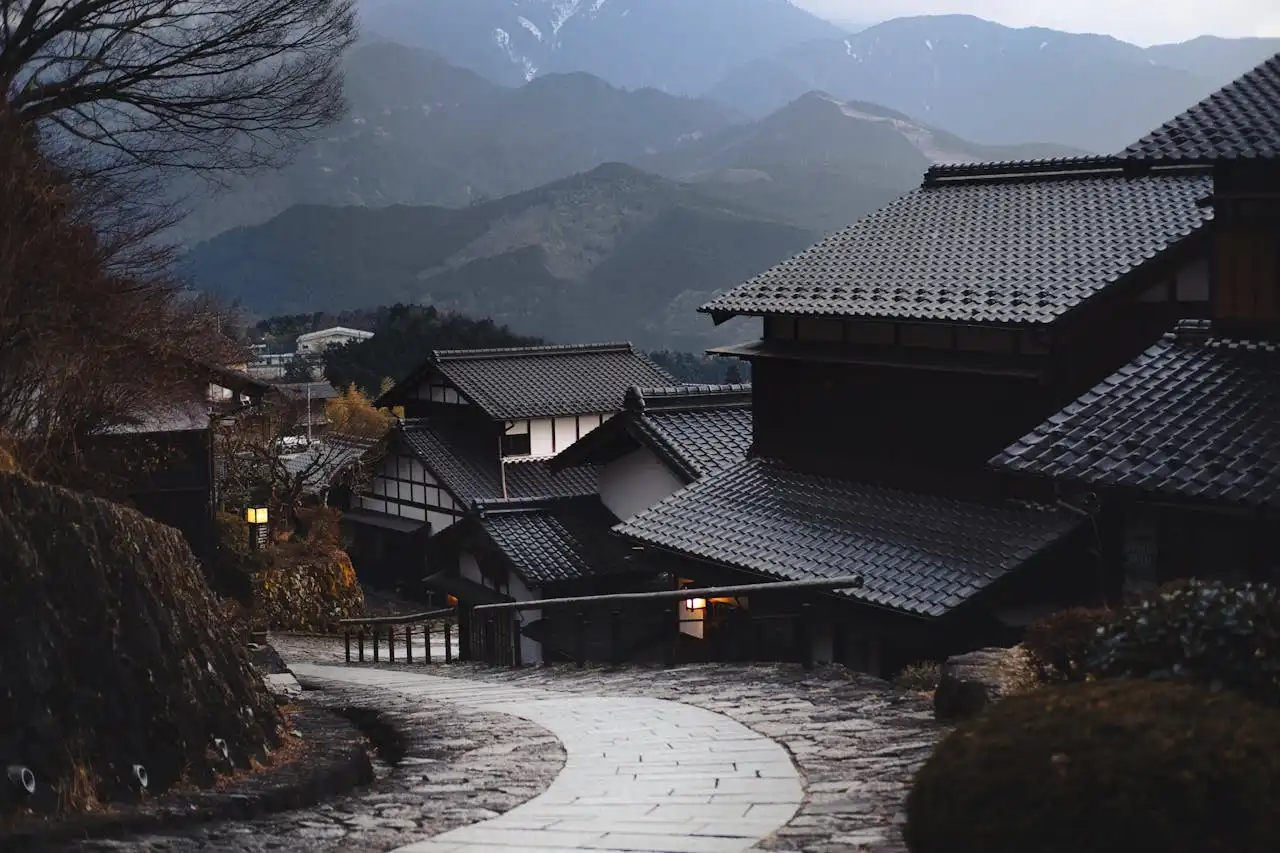
New Travel Rules for Japan in 2025: What Travelers Need to Know
2 months ago
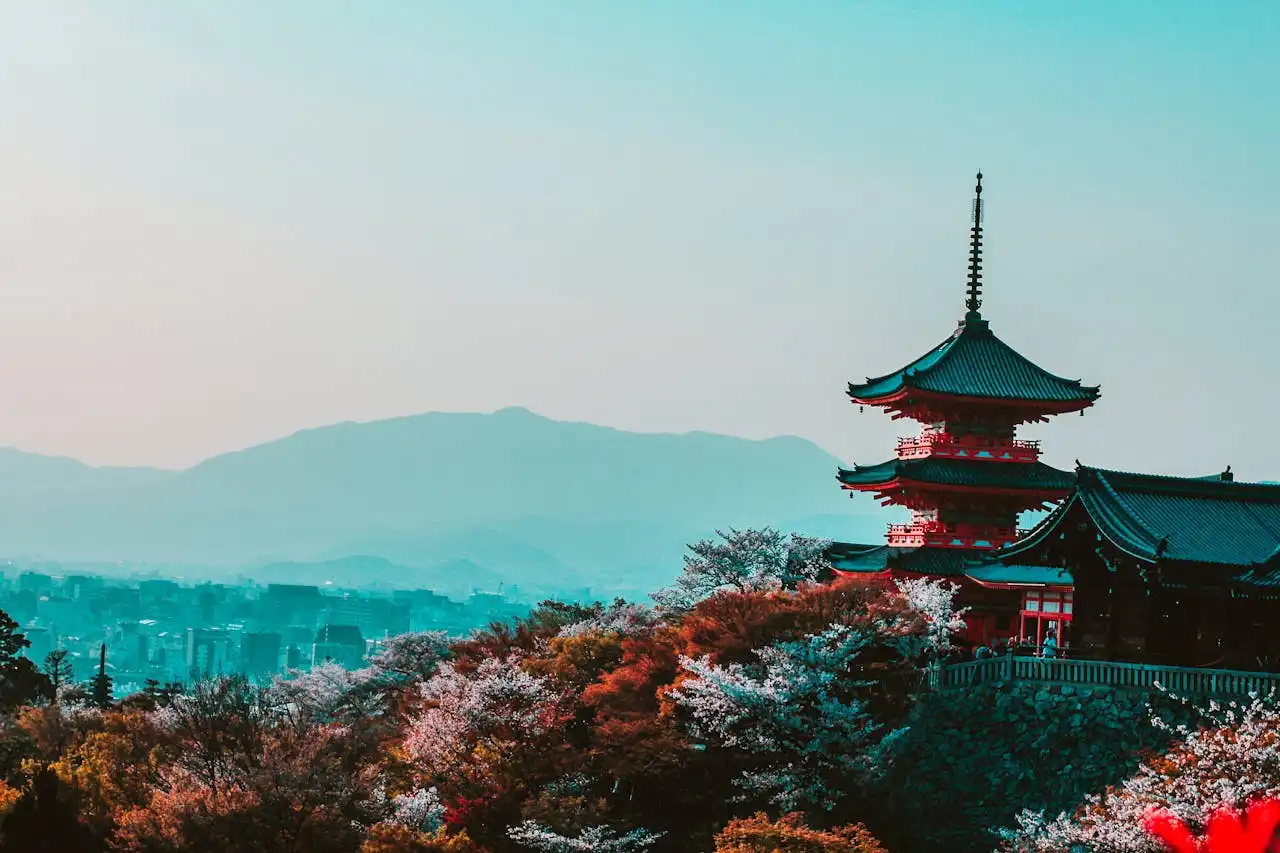
Beyond the Beaten Path: Unveiling Japan's Next-Level Hidden Gems
2 months ago
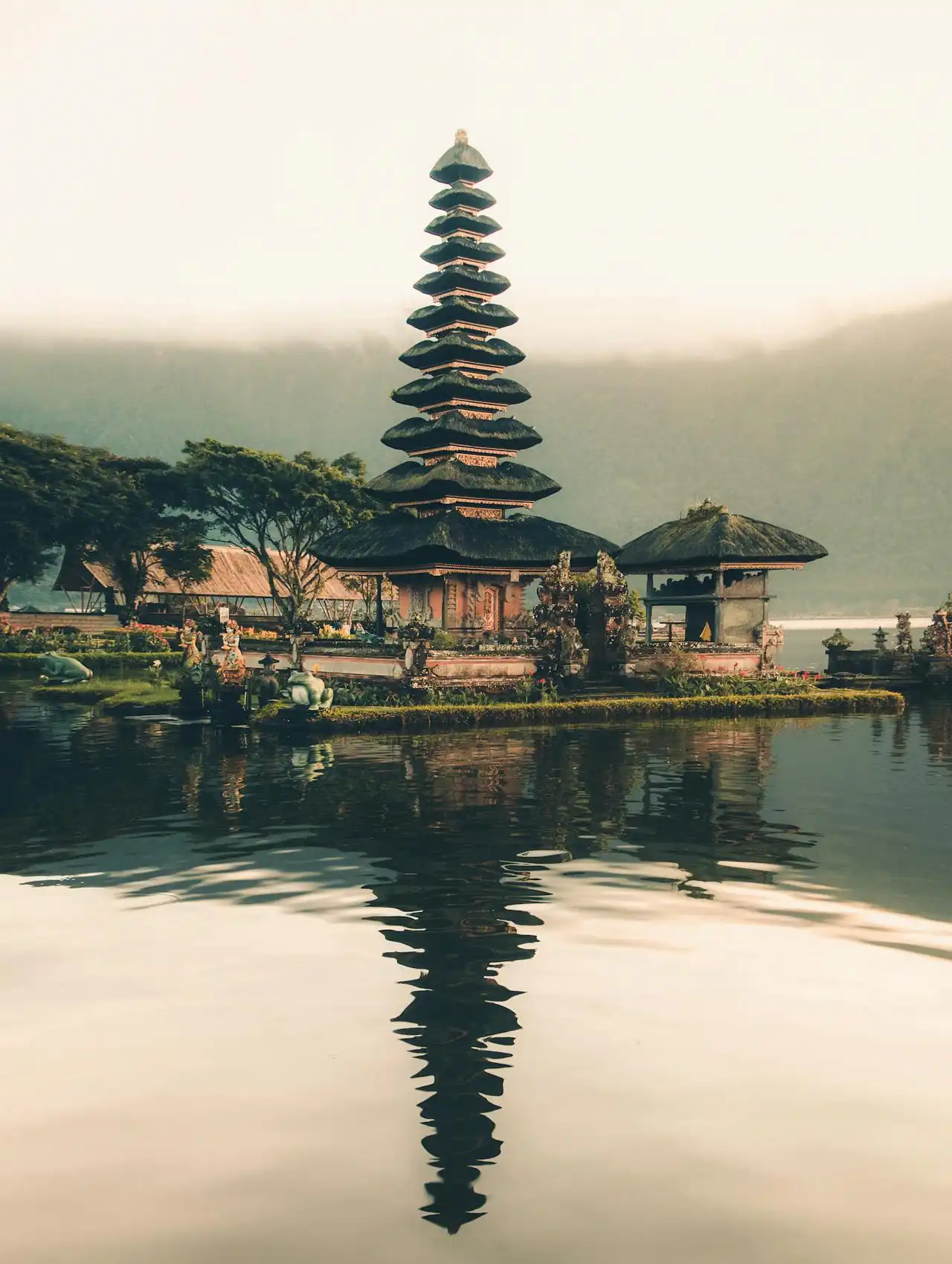
From Blighty to Bali: Why Japan and Indonesia Are Stealing British Hearts (and Holiday Plans)
2 months ago
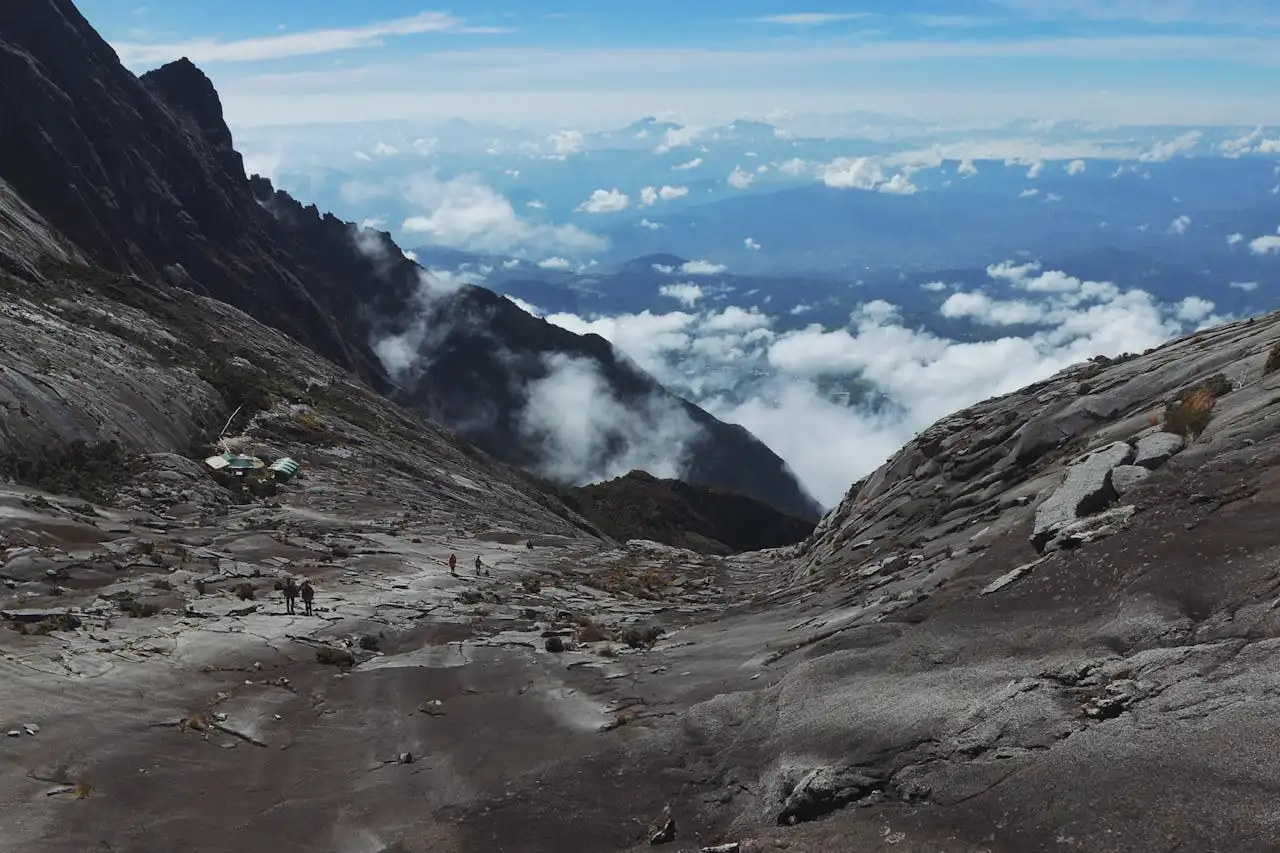
Forget What You Heard: Malaysia is the Climbing Paradise You Never Knew Existed
2 months ago

Your Solo Staycation Survival Guide: How to Ace That Me-Time Without a Hitch
2 months ago
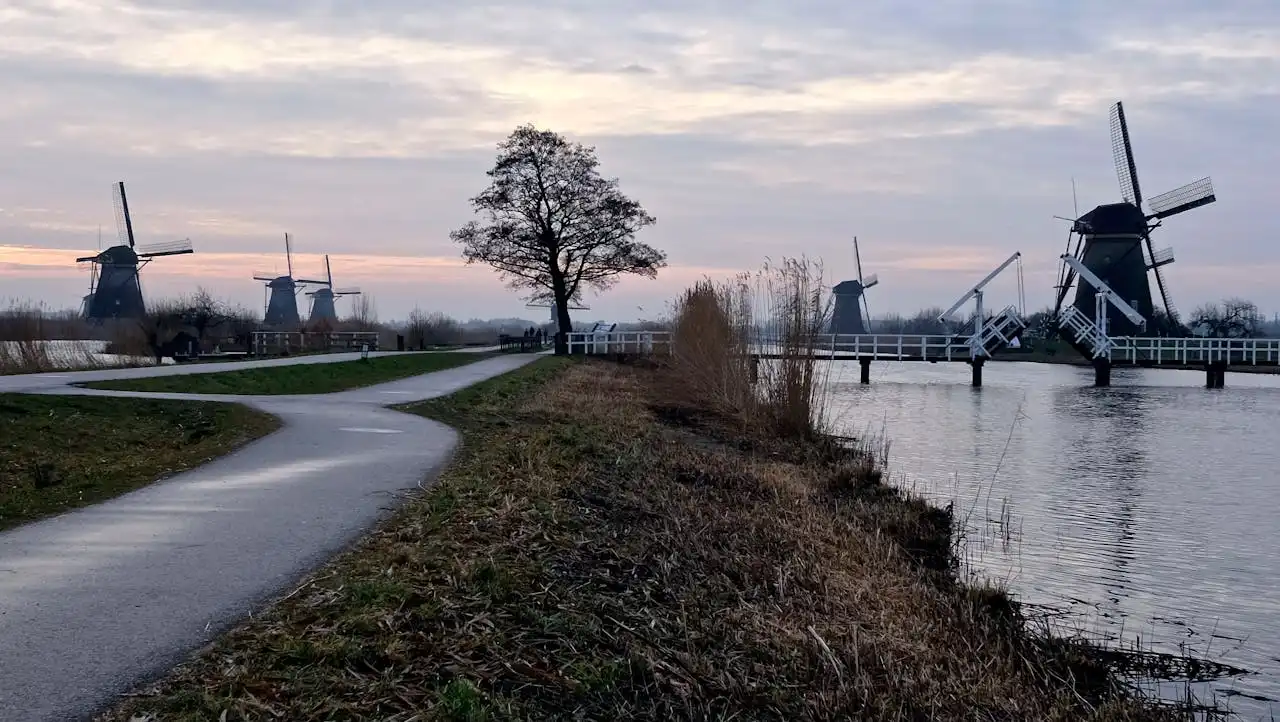
Windmills and Wallets: Kinderdijk's Iconic Landscape Faces a Fee Furore
2 months ago
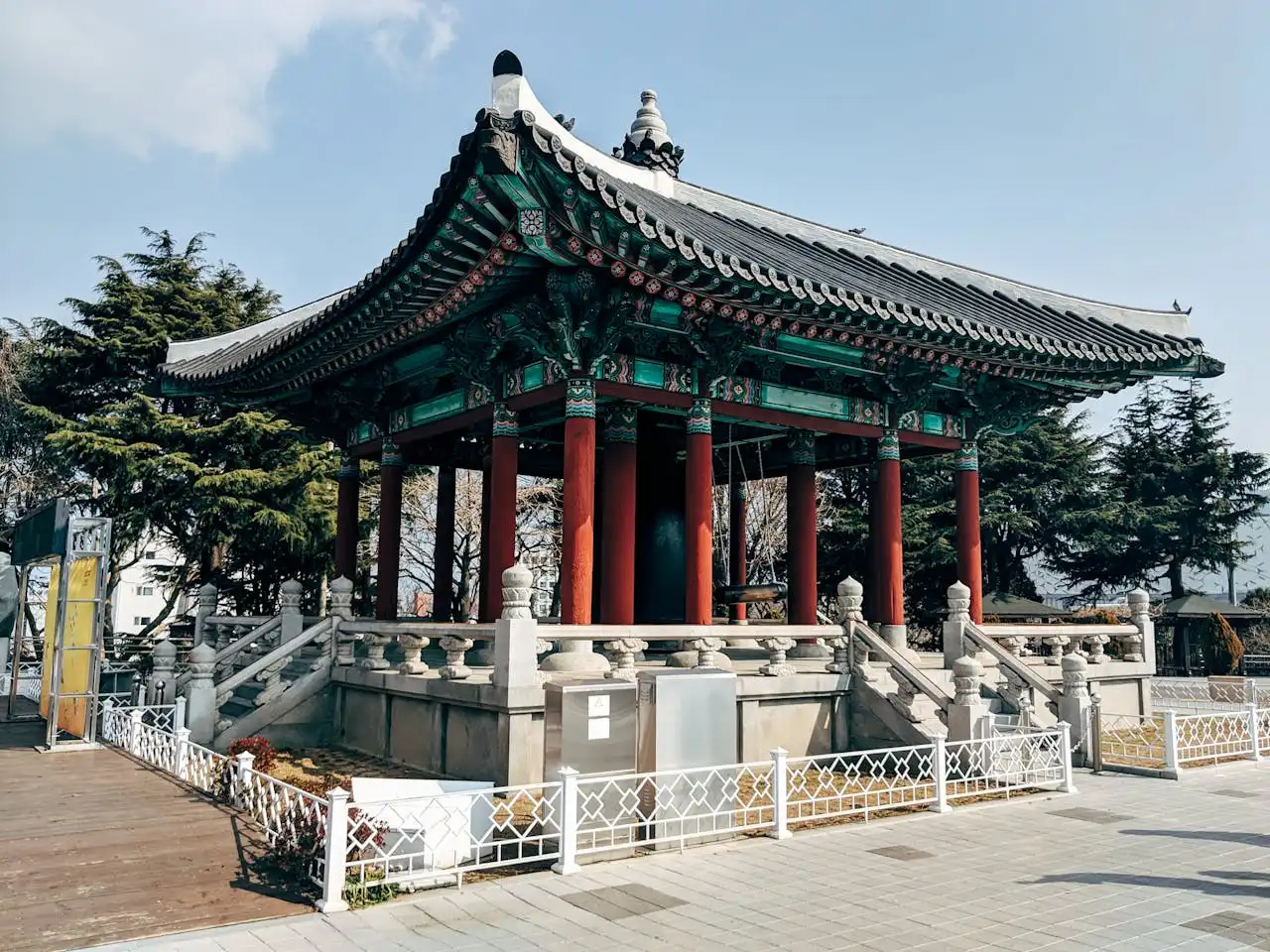
From Screen to Scene: How K-Dramas Are Turning Filming Locations into Fan Pilgrimages
2 months ago
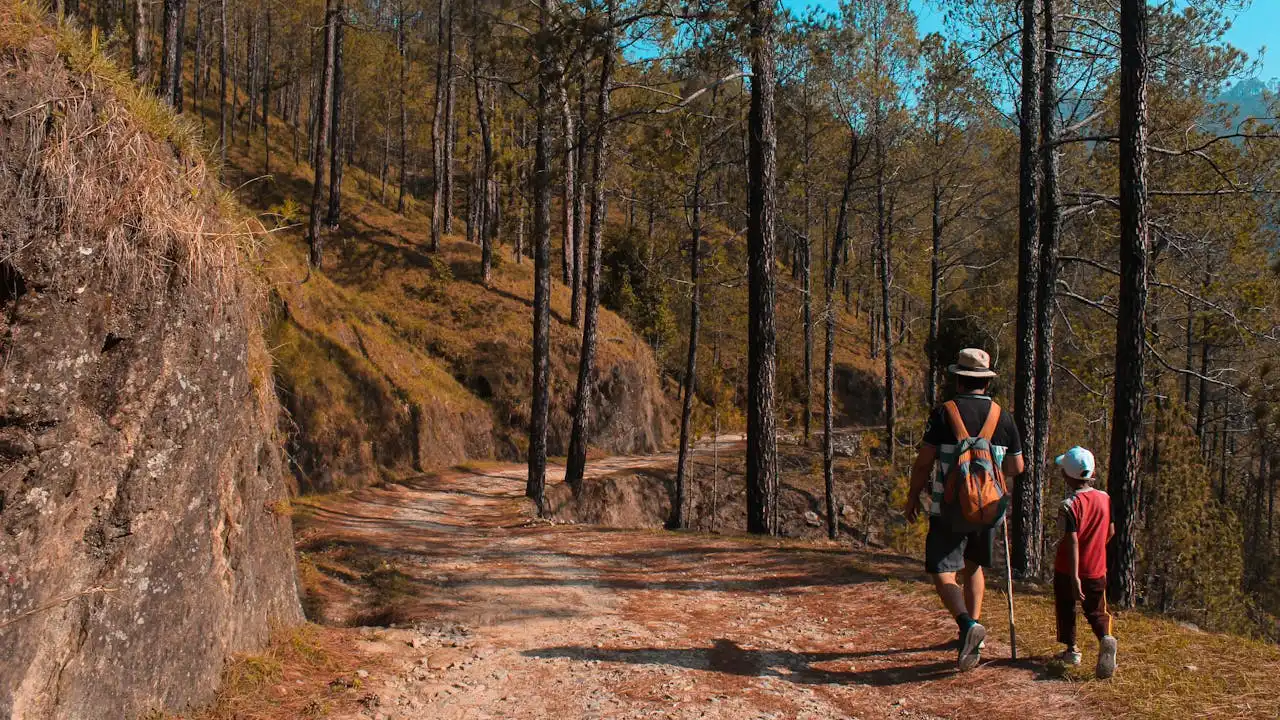
Want to Start Backpacking? These Countries Offer Captivating Beauty at Low Cost
2 months ago
